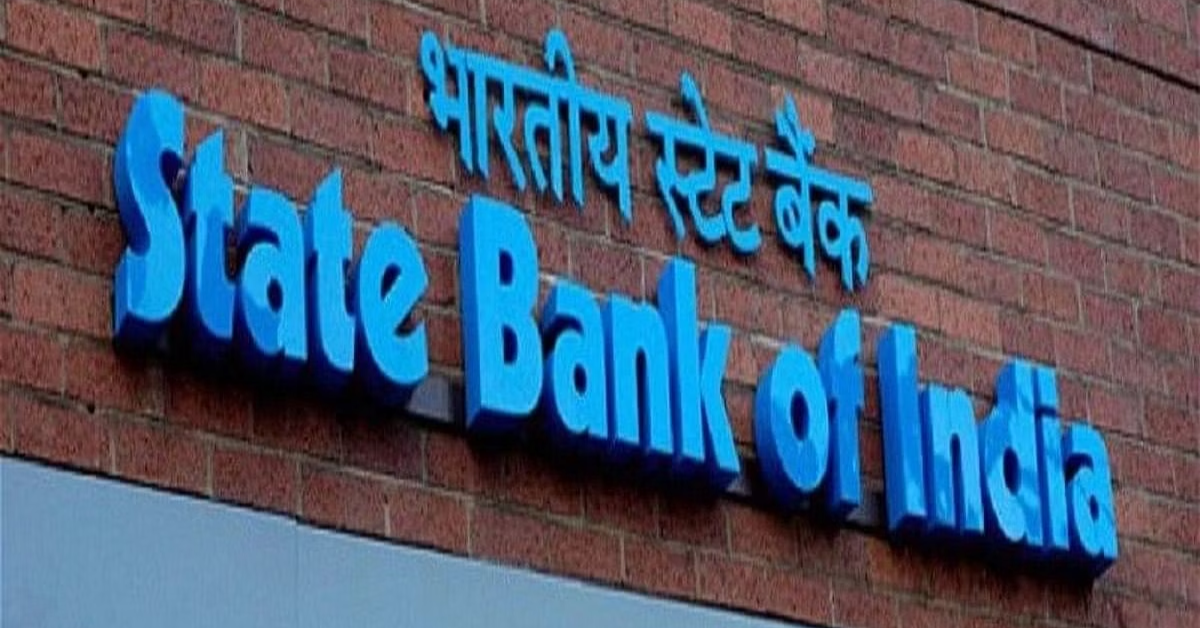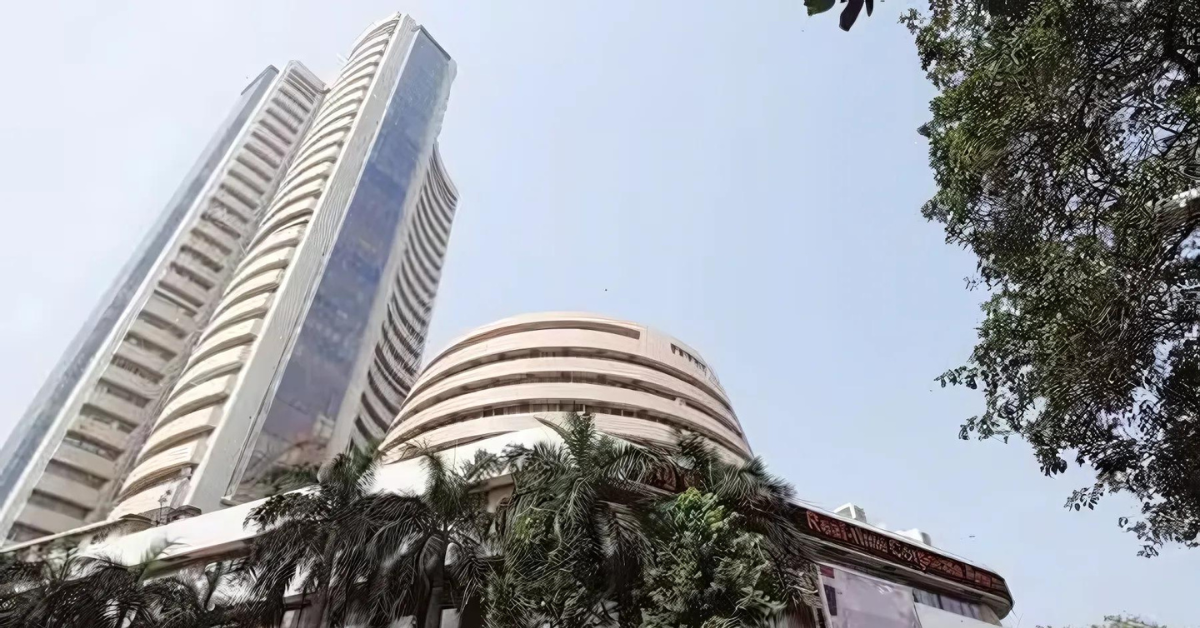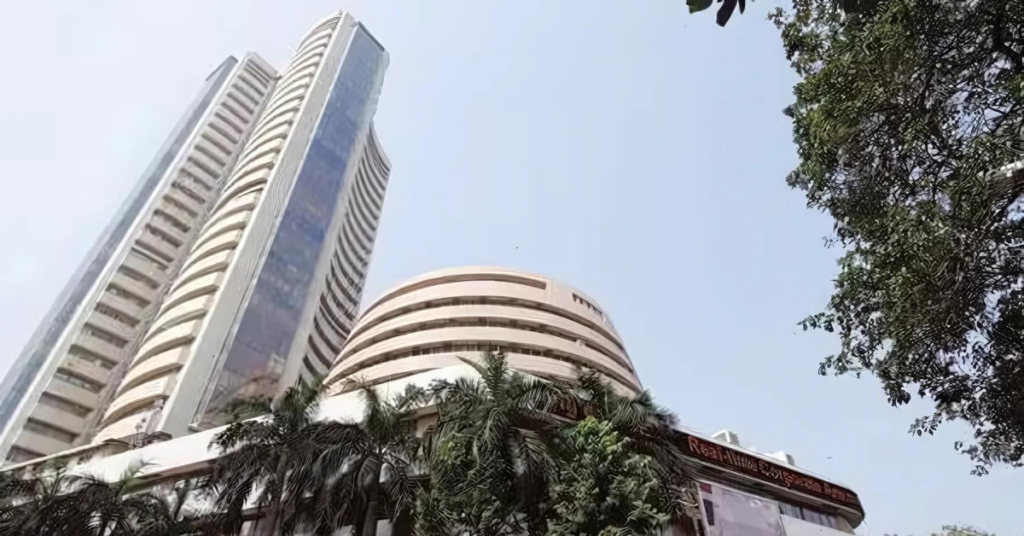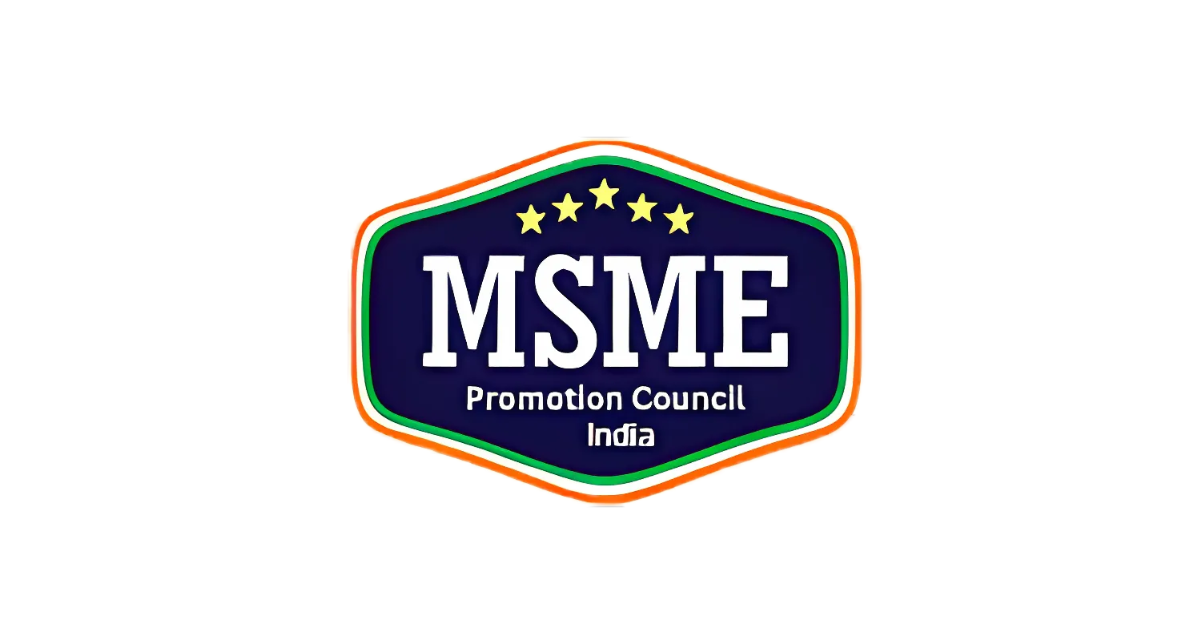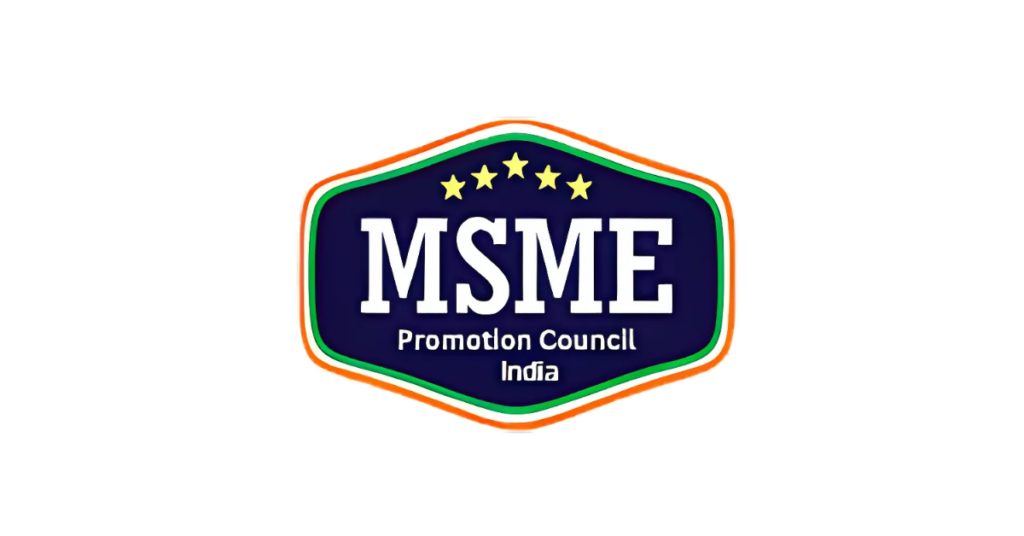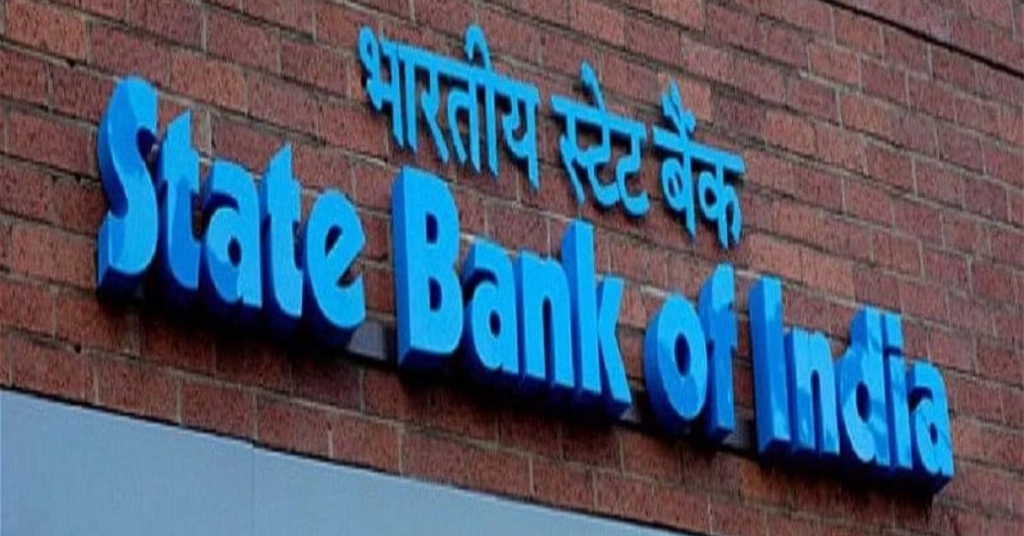
SBI Projects Robust Loan Growth for FY25, Driven by SME and Corporate Lending, Expanded Deposits, and Strategic Network Expansion
The State Bank of India (SBI) is set to achieve above-average loan growth of 14-16% year-on-year (Y-o-Y) for FY25, significantly higher than the banking industry’s projected 13% growth. This surge will be largely fueled by the SME, agriculture, and corporate sectors, where SBI has a robust corporate credit pipeline estimated to grow from Rs 4 trillion to Rs 6 trillion.
In addition, SBI’s Xpress Credit, a real-time personal loan system for salaried customers, has regained momentum with high turnover rates and an average loan tenure of 14 months, further supporting growth. Complementing the credit push, SBI is focusing on deposit mobilization to sustain lending capacity, expecting deposit growth to surpass 10% Y-o-Y through expanded customer outreach and branch networks.
Recent reports by Nuvama Institutional Equities and Motilal Oswal indicate that SBI’s strategy will be bolstered by re-engaging business accounts, reducing reliance on government accounts, and prioritizing current accounts (CA) and savings accounts (SA). The bank recently reported a strong 28% Y-o-Y increase in Q2 net profit, primarily driven by non-interest income gains, though NIMs dipped 8 basis points due to rising funding costs. To stabilize margins, SBI plans to adjust MCLR loan rates, which represent 42% of its lending, cushioning NIMs at 3.3% moving forward.
This loan growth strategy positions SBI as a leader in SME and corporate financing while expanding its branch network to attract a broader customer base.
